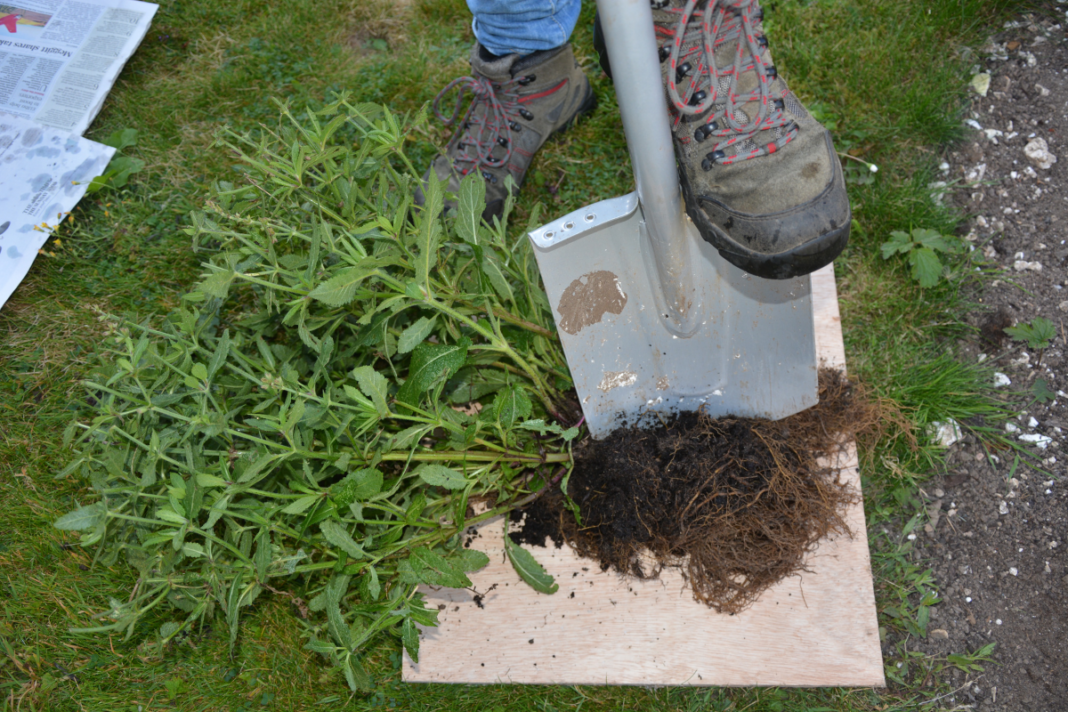Splitting plants saves money and helps fill border gaps
As we move into the autumn it’s time to start looking at your perennials and seeing which may need dividing. There are two main reasons for splitting these valuable border stalwarts that come back every year. If you are particularly fond of one, making more from the parent plant is a pennywise way of spreading their joy throughout the garden.
Some perennials also become rather woody and sprawling over the years and stop flowering as well, so some careful division can revitalise them, and also multiply your plant stocks.
It’s also worth remembering that offsets of plants will flower the same as their parent plant, while collected seeds may not grow the same.
Autumn is a great time for dividing because the soil is still warm from the summer, and seasonal rains will keep it damp, creating the perfect conditions for new roots to expand into.
Dividing plants sounds a bit daunting but is actually very simple to do. Dig carefully around the plant then lift it with a fork so the soil falls away, enabling you to see the extent of the roots.
Most perennials can be split into sections using a spade or sharp knife (I often use an old bread knife) but for those with tough fibrous roots such as daylilies, you may need to insert two garden forks back-to-back into the root mass and pull them apart.
Make sure each division has healthy roots and several robust top growth shoots.
Plant immediately and water well after firming down the soil. Mulch with well-rotted compost or manure and don’t let the soil dry out while the divisions get established. Don’t worry if the new plants appear to wilt after replanting, they will soon perk up again.
Disease control
Beating fungal problems

The warm, still, damp conditions of autumn create a breeding ground for fungal diseases, so nip them in the bud.
Our hollyhocks have suffered from rust this summer, so I’m going to cut the plants right down this autumn and dispose of the remains.
I should probably ditch the plants, but they made a focal statement in the beds and flowered well, and for a long time, so I would like to see them come back next year.
But to help prevent the spread of rust, I’ll clear away all the fallen leaves and plant debris and mulch around the base of the plant to bury any rust disease spores.
Powdery mildew is another common problem, often prevalent on squashes and courgettes – and this year is no different.
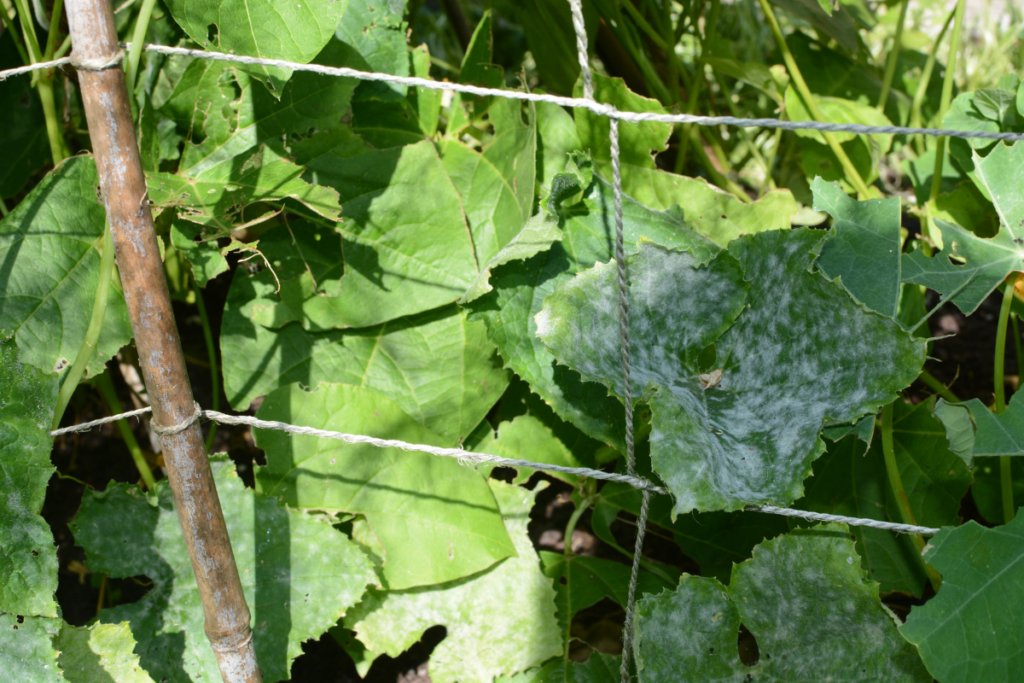
I’ve been cutting away affected leaves and watering and feeding plants regularly, because this disease flourishes on plants with dry roots.
If your plants have been affected by fungal problems such as mildew, rust or rose black spot, never add any affected plant matter to your compost heap as this will only help spread the problems around the garden.
Split a perennial in 4 easy steps
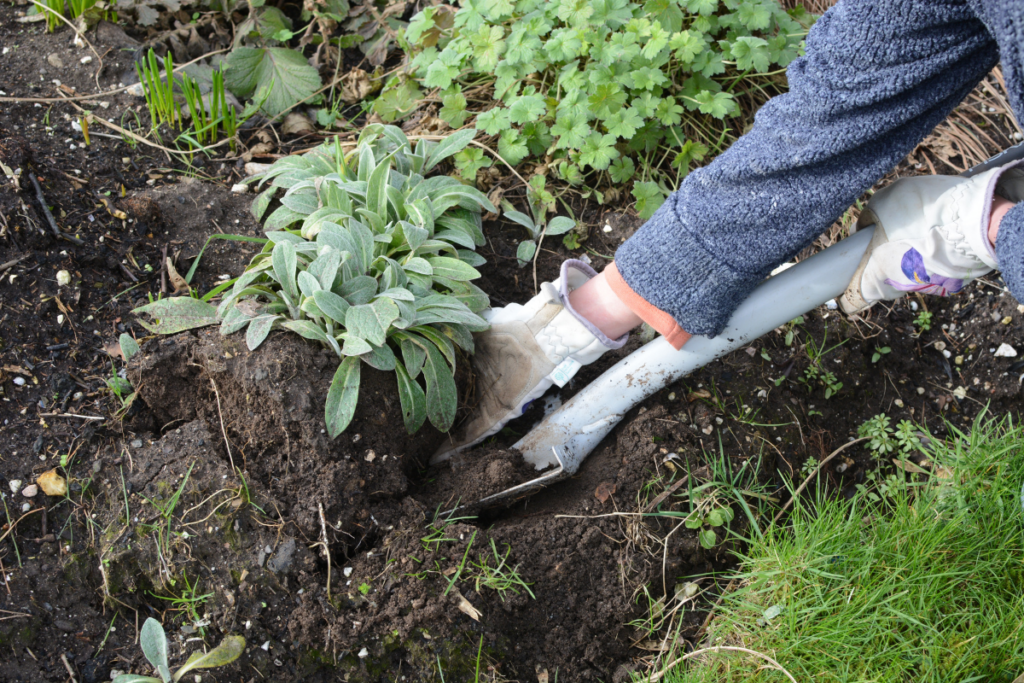
1. Carefully dig around your plant then gently ease it from the soil.
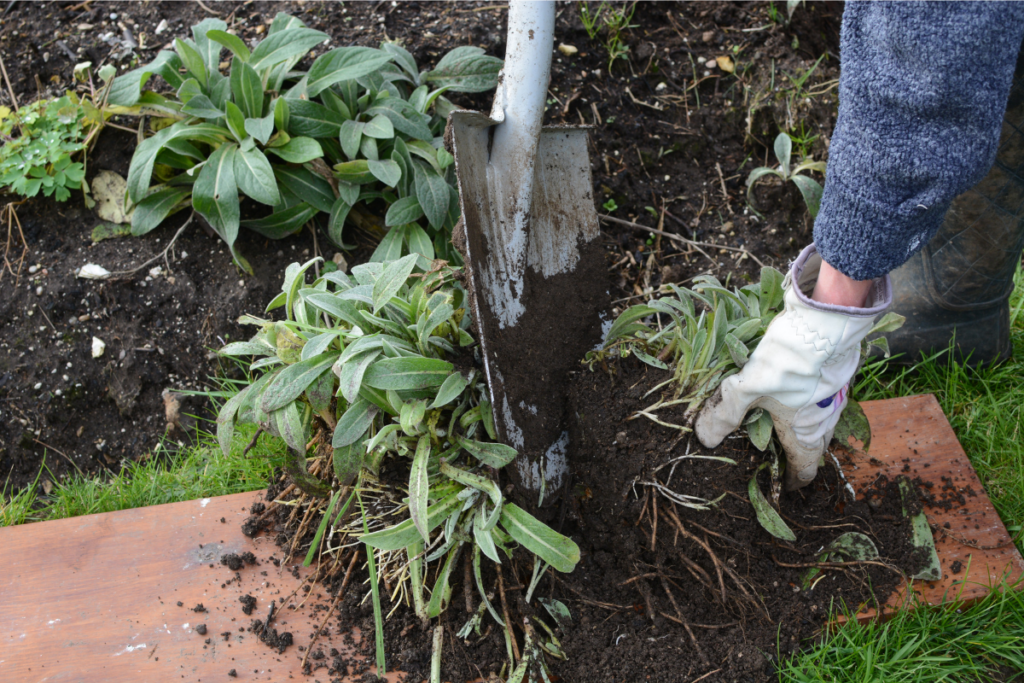
2. Divide it, making sure each portion has healthy roots and shoots.
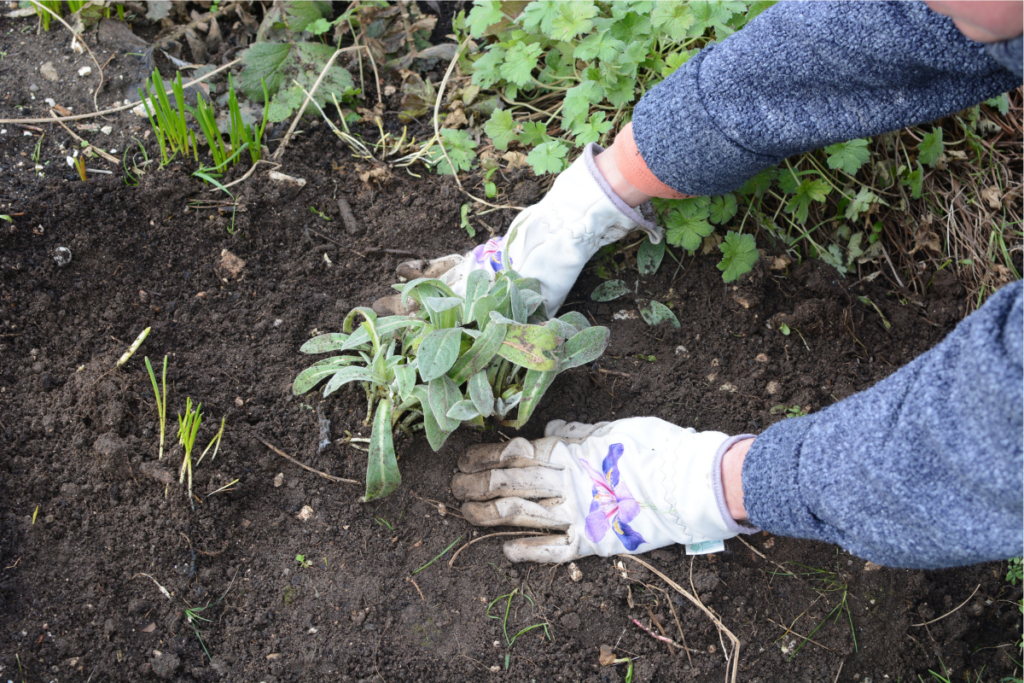
3. Replant each division at the same depth as it was growing before, firming down the soil.

4. Tread around the plant then water well before mulching with compost or manure.
Find more tips, advice and articles like this at the Amateur Gardening website. Subscribe to Amateur Gardening magazine now


